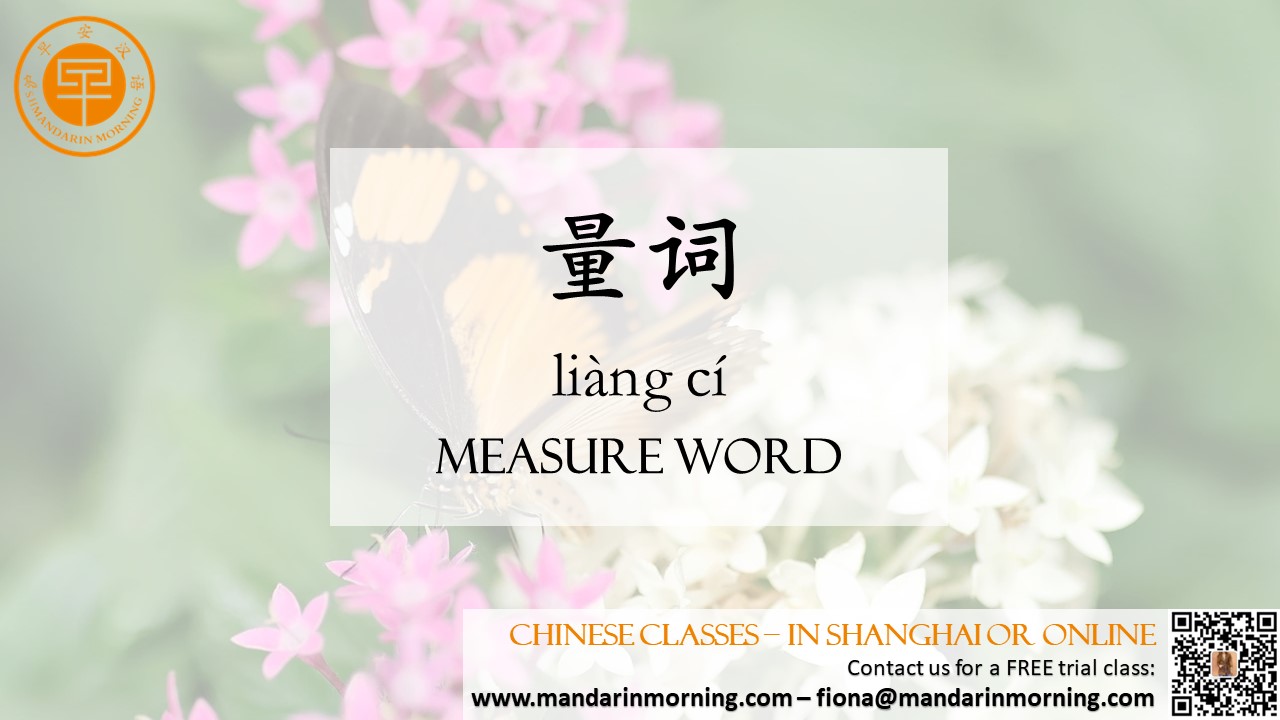| Are you learning Chinese and frequently find yourself pondering why it’s 一封信 (yī fēng xìn) for “a letter” instead of 一信 (yī xì; one + letter)? The term 封 (fēng) is a Chinese measure word (量词; liàng cí). These measure words are fascinating linguistic tools that slot between a numeral and a noun, providing context to quantify the noun. The majority of Chinese nouns follow the pattern of “numeral + measure word (MW) + noun” when they need to be quantified. However, there’s a delightful twist: note the term majority. Indeed, for certain nouns, you can omit the measure word while still sounding like a native speaker. So, how can you get this right? Let’s jump into five simple rules that will help you better understand this part of the Chinese language.  Rule 1: Differentiating standard and classifying measure words Not all Chinese measure words are created equal! They fall into two categories: standard measure words and classifying measure words. Standard measure words are akin to units of measurement – they denote quantifiable measurements. Just like in English, we use “kilogram” (kg) for weight, “centimeter” (cm) for length, and words like “bottle,” “glass,” or “tin” for liquid quantities. Chinese also has equivalent standard measure words. These include 公斤 (gōng jīn; kilogram), 公分 (gōng fēn; centimeter), 瓶 (píng; bottle), and 罐 (guàn; tin) etc. Contrarily, classifying measure words, also known as classifiers, don’t truly measure in the conventional sense. They are used for grammatical accuracy when nouns are quantified by numerals or demonstratives. For instance, 封 in 一封信 (yī fēng xìn; a letter) is a classifying measure word. It might surprise you to know that the majority of Chinese measure words fall under the category of classifiers. Learning to differentiate between these two types of measure words will save you time and make the application of the following rules much more straightforward. Rule 2: Standard measure words are indispensable When using standard measure words in translation, e.g. 3 kilos of rice (三公斤的米; three + kilo + of + rice; sān gōng jīn de mǐ), they must not be skipped. This rule applies to: International measurements like 公里 (gōng lǐ) for “kilometer,” 公尺 (gōng chǐ) for “meter,” and 公分 (gōng fēn) for “centimeter.” National measurements such as 尺 (chǐ) for “Chinese foot,” 寸 (cùn) for “Chinese inch,” and 英寸 (yīng cùn) for “inch.” Packaging measurements like 包 (bāo) for “box of…,” 瓶 (píng) for “bottle of….” Grouping measurements such as 一些 (yī xiē) for “some,” 一点 (yī diǎn) for “a few/little,” for both countable and uncountable nouns. Indications of pairs, using 双 (shuāng) or 对 (duì) for “pair of….” Remember, standard measure words usually fit snugly between the numeral and the noun. Yet, there’s an important exception: when the context is clear, you can omit the noun and say something like 一公里 (yī gōng lǐ; one kilometer) or 三瓶 (sān píng; three bottles). |